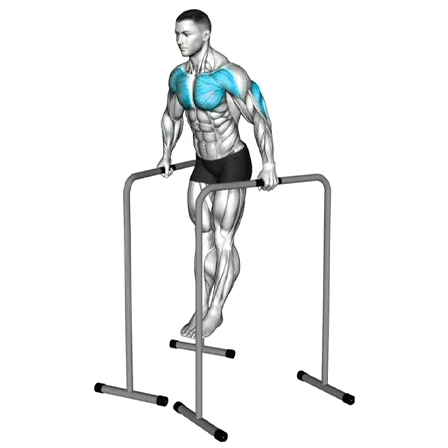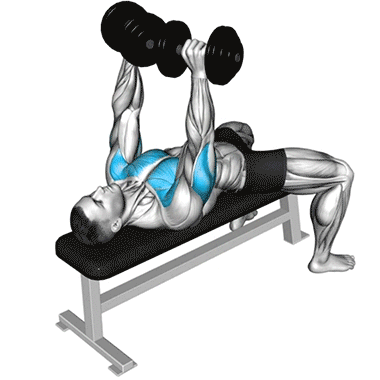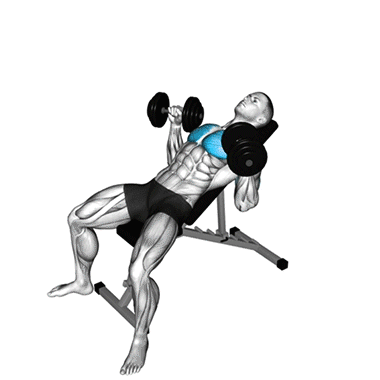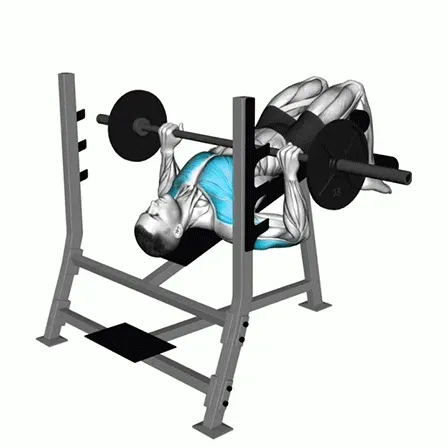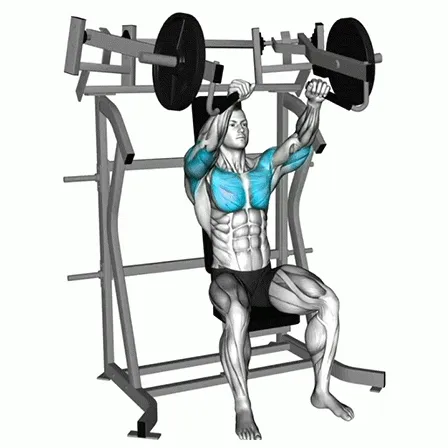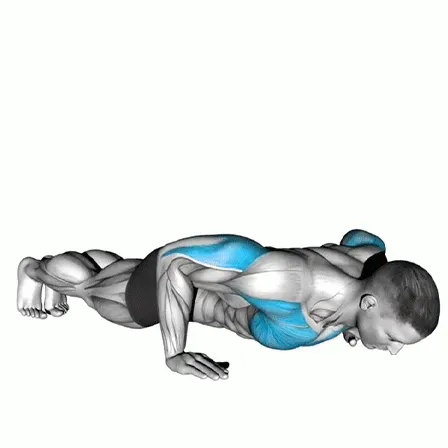Parallel Bar Dips: Strengthen Your Upper Body
Parallel bar dips are a highly effective bodyweight exercise that primarily targets the chest, triceps, and shoulders. By leaning slightly forward, you can emphasize the chest, while staying upright shifts the focus more toward the triceps. This exercise not only builds strength but also improves upper body stability and functional movement.
Instructions
Starting Position
-
Grab the parallel bars with your palms facing inward and arms fully extended.
-
Jump or step onto the bars, supporting your body weight.
-
Lean your torso slightly forward to emphasize the chest muscles.
-
Cross your legs at the ankles for stability and balance.
Movement
-
Lowering Phase
-
Slowly lower your body by bending your elbows, keeping your arms at about a 45–60 degree angle relative to your torso.
-
Lower until your upper arms are roughly parallel to the floor or slightly below (elbows forming about 90 degrees).
-
At the bottom, you should feel a stretch in your chest.
-
-
Pushing Phase
-
Press through your palms and push yourself back up by straightening your arms while maintaining a slight forward lean.
-
Focus on squeezing your chest as you rise.
-
Avoid locking your elbows at the top to maintain constant tension.
-
-
Repetition
-
Perform the movement for the desired number of repetitions.
-
Tips for Proper Form
-
Lean Forward: To target the chest, lean your torso slightly forward. Remaining upright emphasizes the triceps.
-
Elbow Angle: Keep elbows at a 45–60 degree angle relative to your body, not flared out wide, to reduce shoulder strain.
-
Controlled Motion: Lower yourself slowly to maintain tension and prevent injury.
-
Range of Motion: Go as deep as comfortable, avoiding excessive depth if it causes shoulder discomfort.
-
Breathing: Inhale as you lower yourself, exhale as you push up.
-
Warm Up Shoulders: Perform light shoulder and chest stretches before dips to reduce injury risk.
-
Strength Progression: Use assisted dips with bands or a dip machine if full dips are too challenging.
-
Avoid Momentum: Keep the movement controlled; do not swing.
Benefits of Parallel Bar Dips
-
Builds chest, triceps, and shoulder strength.
-
Enhances upper body stability and functional strength.
-
Improves muscle coordination and control.
-
Supports progressive strength gains as you can add weight or increase reps over time.
-
Minimal equipment required—perfect for bodyweight training.
Conclusion: Parallel bar dips are a fundamental upper body exercise for strength, muscle growth, and stability. By focusing on proper form, controlled motion, and gradual progression, dips can help develop a stronger, more defined upper body while reducing the risk of injury.
